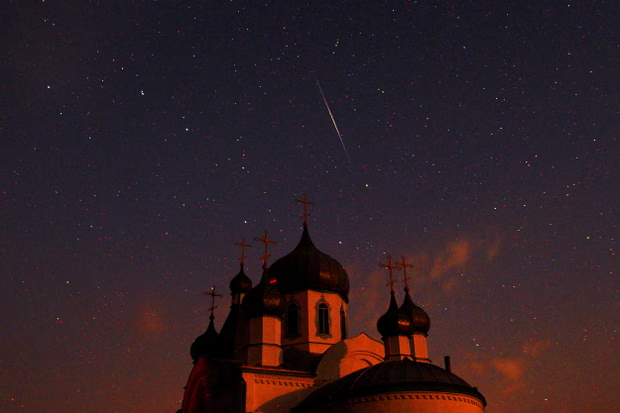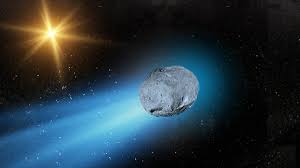Perseids meteor shower 2025 is peaking — Here’s how and exact time to watch the sky explode

Brilliant Perseids meteor shower set to peak August 12, lighting up the night sky with streaks from Comet Swift-Tuttle.
Stargazers are in for a celestial treat as the Perseids meteor shower reaches its annual peak, offering one of the brightest and most anticipated night-sky displays of the year.
While the shower has been active since mid-July and will continue for several more weeks, the peak is expected on the night of August 12. Best viewed from the Northern Hemisphere, the spectacle occurs when fragments of space rock burn up in Earth’s atmosphere, leaving brilliant streaks of light across the sky.
The Perseids originate from debris shed by Comet 109P/Swift-Tuttle, an ancient cosmic traveler more than 5 billion years old—predating Earth itself. The comet passes through the inner solar system roughly every 133 years, with its next close approach to our planet not expected until 2126. Despite its size—the largest known object to regularly come near Earth—scientists confirm it poses no danger for thousands of years.
Each August, Earth’s orbit carries it through the same trail of cometary dust, causing the meteors to appear to radiate from the constellation Perseus, from which the event takes its name.
For the best viewing experience, astronomers recommend facing east-southeast toward Saturn, or north toward Ursa Major, and using peripheral vision to catch fleeting streaks of light. Interestingly, turning slightly away from Perseus can sometimes make meteors easier to spot.
This year, a nearly full moon may wash out fainter meteors, but the brightest fireballs should still be visible—particularly from dark, rural areas. Viewers are advised to head outside late at night, give their eyes about 30 minutes to adjust, and settle in for the show.
“Watching the Perseids is both communal and personal,” notes astronomer Dr. Ed Bloomer. “You can enjoy it with friends, but when a meteor streaks past, it’s often a blink-and-you-miss-it moment only you see.”
So, grab a blanket, find a dark spot, and let the universe put on one of its most dazzling annual performances.
What Is a Meteor Shower?
A meteor shower is a celestial event where numerous meteors—often called “shooting stars”—flash across the night sky. These streaks of light happen when tiny fragments of rock and dust from space burn up as they enter Earth’s atmosphere at high speeds.
Most meteor showers occur when our planet passes through the trail of debris left behind by a comet. As these particles collide with the atmosphere, friction causes them to heat up and glow, producing the bright streaks we see.
The meteors in a given shower seem to originate from a single point in the sky, known as the radiant. Each meteor shower is named after the constellation where its radiant lies—like the Perseids, which appear to come from the constellation Perseus.
How to Watch a Meteor Shower
Meteor showers can be visible to the naked eye—no telescope required—but your viewing experience depends on preparation and location. Here’s how to make the most of it:
Check the Peak Date & Time
Meteor showers last days or weeks, but they have a “peak” night when activity is highest. This is usually the best time to watch.
Find a Dark Location
Go somewhere far from city lights. Light pollution makes it harder to see faint meteors. Rural areas, open fields, and high elevations are ideal.
Look at the Right Part of the Sky
While meteors can appear anywhere, they will seem to come from the radiant. Look about 45 degrees away from the radiant to spot more meteors with your peripheral vision.
Go Late at Night
The hours after midnight until dawn are often the best. The side of the Earth facing forward in its orbit encounters more particles, increasing meteor activity.
Let Your Eyes Adjust
Give yourself at least 20–30 minutes for your eyes to adapt to the dark. Avoid looking at phone screens or bright lights.
Bring the Right Gear: Comfortable chair or blanket (so you can look up without neck strain), warm clothing or sleeping bag if it’s cold, and snacks and drinks for comfort
Be Patient
Meteors can appear in bursts or at intervals, so watching for at least an hour gives you a better chance to see plenty.


